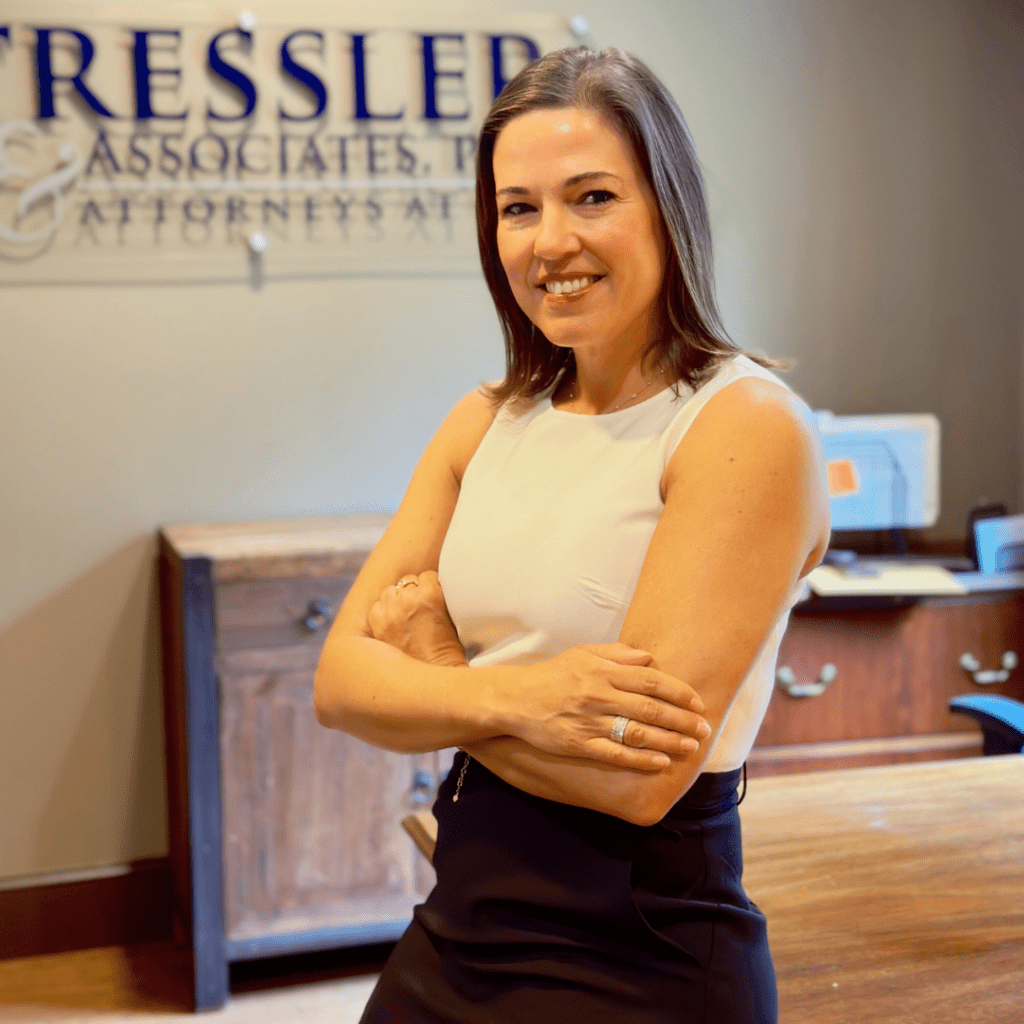Commercial real estate property can seem simple from the outset. It’s a piece of property you use to run a business, as opposed to the residential property you live on. But then how does an apartment building work? Isn’t that residential real estate since people are living there, or is it commercial real estate since it’s owned by and makes a profit for someone who is not living on it? Can a real estate property be considered both at the same time?
When it comes to real estate law, it’s important to know and understand the distinctions between commercial and residential real estate properties. The laws that govern them are different, and when you have properties that have to deal with both types, you need a real estate attorney who can handle them both.
What Are the Criteria to Be a Commercial Real Estate Property?
Real estate property is classified as commercial or residential based on how the owner uses it, with a few exceptions. This means that a group of apartments or an apartment building is considered a commercial property.
If one building or property has two physical establishments, it can be considered a commercial and residential property at certain times. Think of a business with an apartment above it or a house with a family business operating on the same plot of land. This can be a commercial and residential real estate property, which leads to some complicated real estate laws, regulations, and taxes to deal with.
If there is only one place of residence being used for the business, such as a singular home that’s rented out, the property is residential. Using a residential space to temporarily make a profit does not change it into a commercial property until it can support more than one family.
What Are All the Commercial Real Estate Property Types?
There are four types of commercial real estate properties that all businesses typically fall under. These labels take the work performed in these locations into consideration and what services and utilities the space provides. These four types are:
- Office space: These have basic utilities such as electricity, water, internet access, and food storage. They are the closest to residential spaces, in terms of what they provide. The main difference is that office spaces do not typically have bathing utilities and should not be used as living spaces.
- Industrial-use: Locations that hold and maintain a line of production, through machines or labor, are industrial-use properties. This is where products are created, assembled, or where their parts are created. Farmland is considered an industrial-use real estate property.
- Multi-family rental: These are commercial locations that offer multiple residences as a service. Once a residential real estate location has multiple units and can support multiple families, it cannot be considered a residential property. A large house that can support multiple families is not the same as a multi-family building designed to be for multiple families.
- Retail: These are locations that sell products directly to consumers. The products can range from food, to clothes, to non-essential items and everything in between. As long as they accept some form of compensation and are open to the general public, they would be considered retail. If they are only open for appointments and/or specific individual consumers, the location will be considered an office space property, not a retail property.
These distinctions are important because they have different laws and tax laws to abide by. While they are all commercial real estate properties, they do not have all the same restrictions.
What Are All the Commercial Property Classifications?
Commercial real estate properties also have classifications. A property has to meet certain levels of classification, or it may not be used for certain business purposes. These classifications are based on the age, infrastructure, and location of the commercial property. Some industries, zoning locations, and licensing authorities have more extensive classifications, but most use the three-class model.
- Class A: These are the highest quality buildings. These can be old or young, but either way, they’ve been properly maintained so that they have not fallen in quality. The physical infrastructure of these buildings is sound and will stand the test of time and natural disasters that are common in the location.
- Class B: These buildings are typically older, but are of quality. They are safe to work in for most or all business purposes. They may need to be updated to meet the needs of certain commercial ventures. These buildings can be restored and potentially improved to meet Class A standards.
- Class C: These buildings are the oldest, located in low-income areas where many properties are Class B or C. To make these buildings safe and capable of serving as commercial real estate properties for most or all types of businesses, they need maintenance and renovations.
Need Legal Help for Your Commercial Property?
The real estate law attorneys at Tressler & Associates have been helping local business owners for many years with their contracts, leases, zoning laws, and more. There are a lot of legal barriers that business owners need to be aware of and ready to deal with. Having an experienced legal attorney will help you avoid roadblocks to your business’s success. For helpful consultation, please contact our law firm today.


